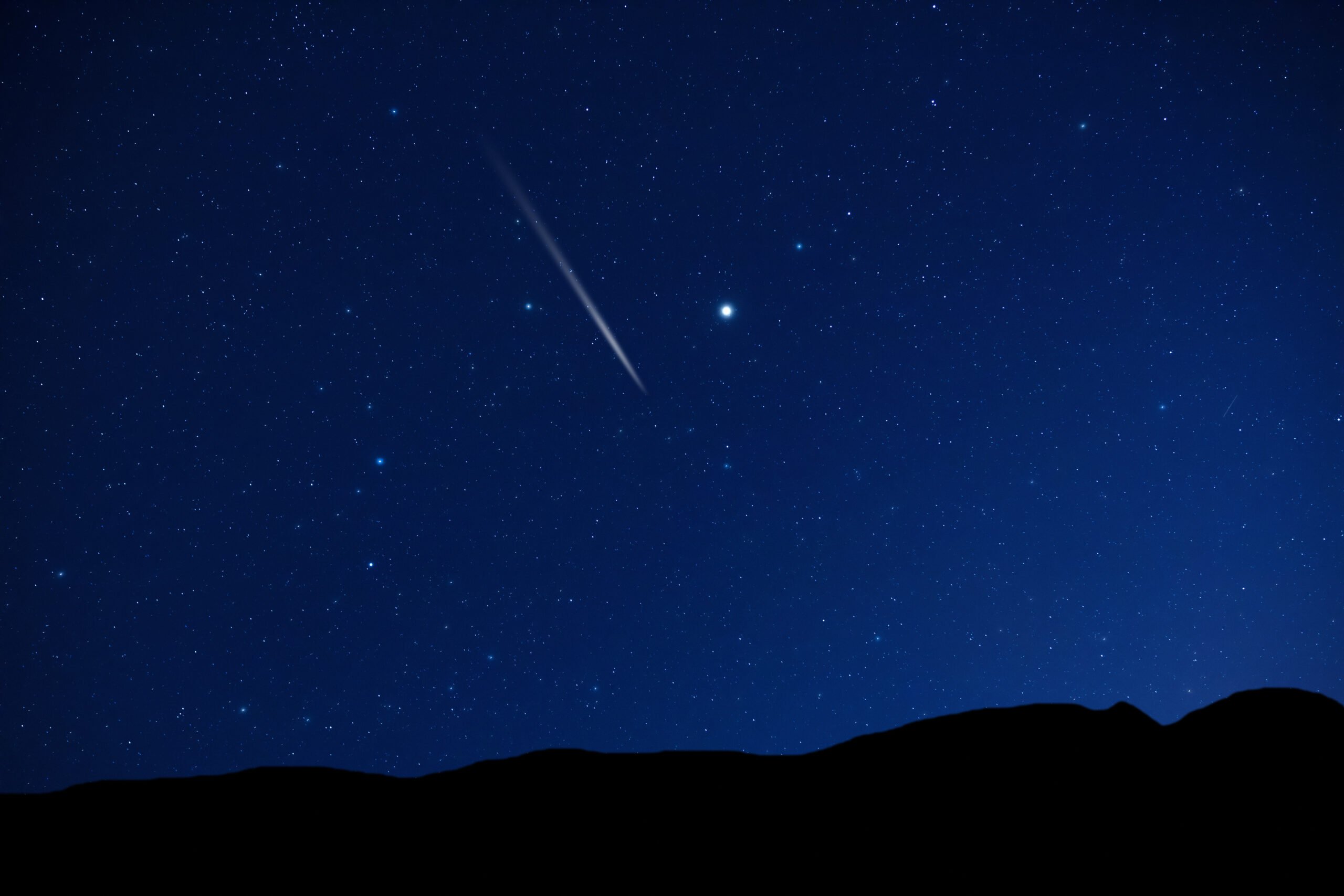THE Eta Aquarids is a shower of shooting stars, or meteors, which lights up the night sky each year in late spring.
Every year, as the earth circles the sun, our planet passes through the old path of Halley’s Comet. It’s no more than a trail of “space junk” – bits of rock and dust, floating in space.
Some of these particles are captured by earth’s gravity and are drawn into our atmosphere. They fall towards the planet’s surface. Speeding up to 2,400 miles a minute, each grain gets very hot.
This is because of friction. The air of Planet Earth is ‘rubbing’ against the fast-moving scrap of space dust. Before it is burnt to nothing, it glows white-hot as it streaks across the sky.
We call this, traditionally, a “shooting-star”.
The beginning of May 2025 brings with it one of the most relevant meteor showers of spring.
This is the Eta Aquarids, which has already been visible since April 19 in Spain, but now registers its greatest period of intensity in the night sky.
The Eta Aquarids are made up of a mixture of dust and rocky particles left behind by Halley’s Comet as it passed through the solar system.
Upon contact with Earth’s atmosphere, they are transformed into bright fleeting trails.
This phenomenon occurs annually and registers a speed rate between 40 and 85 meteors per hour, each falling at about 40 miles per second.
The most favourable observation point, for those who want to see nature’s light show, is in the southern hemisphere, especially in tropical and subtropical areas such as the Canary Islands, although they are also visible from the northern hemisphere.
To witness this phenomenon it is not necessary to resort to any special instrument, but it is recommended to follow a series of requirements, such as looking for a dark and clear place, as well as looking at the sky at all times to enjoy it.
Although the Eta Aquarids seem to come from the constellation Aquarius, they can be observed anywhere in the sky.
Therefore, it is advisable to direct our gaze towards the darkest areas, in the opposite direction to the Moon, preferably if we can lie down and get our eyes used to the darkness.








